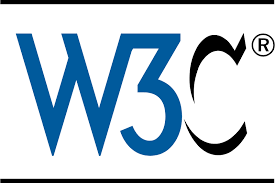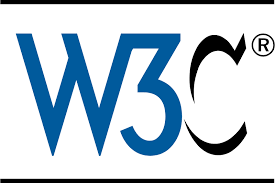Cloud Customer Architecture for e-Commerce
Cloud Customer Architecture for e-Commerce describes how to support e-Commerce solutions using cloud computing. The reference architecture contains a detailed view of the components, subcomponents and relationships for a cloud-based e-Commerce solution.
This whitepaper describes the flows and relationships between business capabilities and architectural components for e-Commerce applications that use cloud computing infrastructure, platforms and/or services. The elements of the architecture are used to instantiate an e-Commerce system using private, public, or hybrid cloud deployment models. Applications comprising the core components may be delivered as a service, from on-premises, or hosted.
A runtime scenario is outlined with deployment









